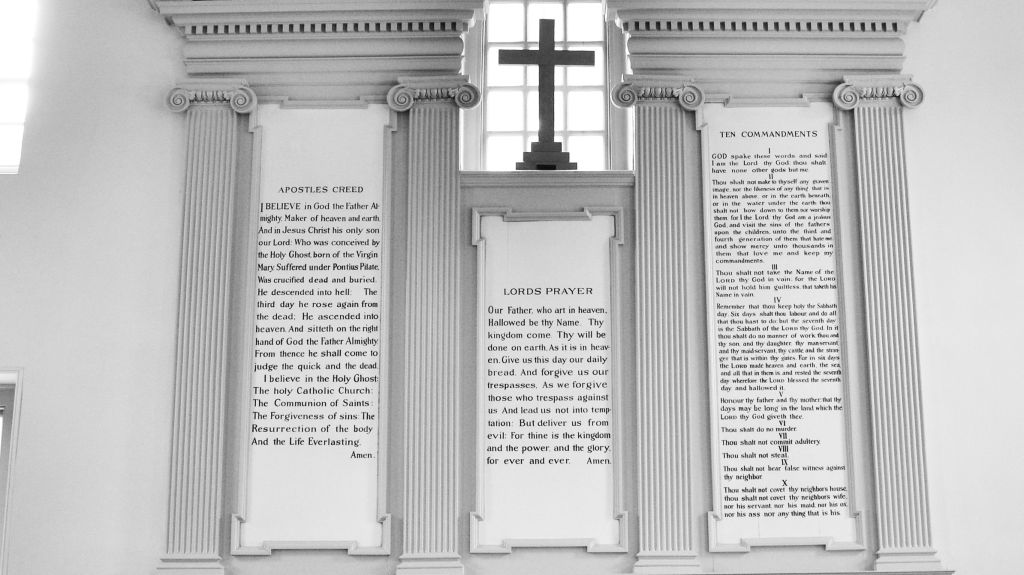The stone that the builders rejected has become the chief cornerstone.
Psalm 118:22
Psalm 118:22 is a favorite of the New Testament authors. It appears in each of the synoptic gospels, the Book of Acts, and the first letter of Peter. Paul alludes to it in his letter to the Ephesians. The psalm verse especially fits Luke’s proclamation of the gospel of Jesus’ vindication. That’s the way that the first gospel sermons in Acts portray Jesus’ resurrection.
Peter’s speeches in Acts 2, 3, 4, and 5 all contain the same basic message. You killed Jesus, but God raised him from the dead.
Jesus’ death means more than one thing in Luke, but chief among them is that his death was an unjust judgment that God reversed. His opponents judged that Jesus was wrong. God declared that he was right. God vindicated Jesus.
The resurrection, then, looks back and puts God’s stamp of approval on Jesus’ teaching in word and deed. The gospels don’t look at Jesus’ words as timeless bits of self-validating wisdom, but as announcements about life in the kingdom that is coming into existence in Jesus himself. If Jesus had not been raised, his words would fallen under the same judgment that sent him to the cross.
Luke, with the other gospels, see the crucifixion as act of grave injustice. Jesus was innocent, but his accusers judged him guilty. The resurrection not only reverses the unjust verdict, it exposes the injustice of Jesus’ condemnation.
You might think that the vindicated one, now seated in the place of ultimate authority at God’s right hand, might finally bring the power of a fully armed and operational kingdom of God against those who crucified him.
How strange, then, that Peter’s speeches offer not condemnation, but an opportunity for repentance, forgiveness, and an outpouring of the Holy Spirit.
The resurrection of Jesus is vindication without vindictiveness.
